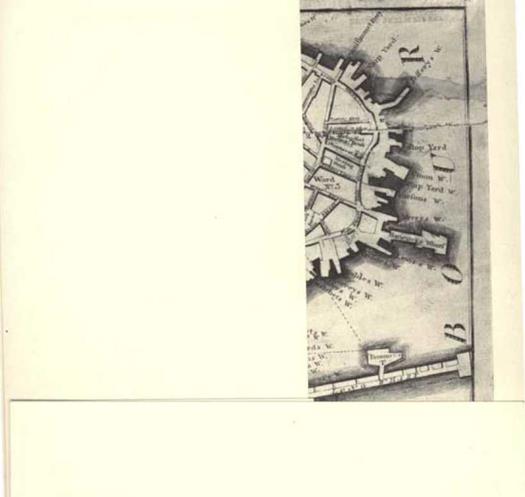Brown, Harry Philip, Panshin, A. J., and Forsaith, С. C. Textbook of Wood Technology. 2 vols, New York: McGraw-Hill, 1949 and 1964. (Cjrl dc Zeetiw collaborated with Brown and Panshin in the preparation ot the second edition of voL I, 1964. and is listed as one of the authors.)
Vol. i contains straight technology, excellent glossary of identification factors, good ill list rations, and is the more useful of the two volumes. Deals exclusively with timber woods of tile United States,
Carpenter, Charles H-, and Leney. Lawrence, 38г Photomicrographs of 91 Papermaking F/fcerj, Rev, ed. Syracuse, New York: State University of New York, College of Forestry. 195г.
Good illustrations of longitudinal vessels of major pulp woods, most of which are easily identified under the microscope.
Edlin, Herbert L. Trees. Woods and Matt. London: Collins, 1956.
A history of British woodlands from the viewpoints of men using these svoods throughout changing times and environments.
Emerson, George B. A Report on the Trees and Shrubs Growing Naturally in the Forests of Massachusetts. Boston: Dutton and Wentworth, 1846, and ed,, rev., 2 vols, Boston: Little, Brown, and Company, 1875,
An excellent account of the native woods of Massachusetts. Emerson stresses the appearance and uses (particularly by cabinetmakers) of various woods and in the second edition inserts numerous illustrations,
Greguss, Pal. Поігаїшіотіґ der Luropaisclten Laubhoher 101 d Striiucher [ Wood Anatomy of European Leaf Woods and Shrubs j, Budapest: Akademiai Kiado. 1939.
An important contribution, especially for the identification of European hardwoods.
Identification of Hardwoods. London: Her Majesty’s Stationery Office, 1952.
A worldwide study of so-called hardwoods, that is. uonconiferous trees. Factors for identification and Leys ore difficult and less precise than those in Phillips’ So/funWs. An auxiliary Atlas of End-Grain Photo Micro
graphs, sold separately, cm be useful in conjunction. Together they air somewhat useful.
jane. Frank W. Tht Structure oj Wood. London; Adam & Charles Black. 195Й. (A second edition, revised by Karl ‘Wilson and Donald J. B. White, appeared in 1970.)
Deals with gross and microscopic structures of many woods of different continents. Beautifully illustrated and useful for a beginner in wood analysis by microscope.
Phillips. E, W. J, Identification of Softwoods, London: Her Majesty’s Stationery Office, 194S,
Л most thorough work published on the identification of coniferous woods throughout the world.
Sargent, Charles S. Manual of the Trees e/№rffi America, 1905. New cd,, і vok New York: Dover Publications, 1961,
Very useful for determining those areas in which most species of American trees grow. The inclusion of average dimensions (diameter and height) enables one to estimate whether a particular species is (was) used for lumber.
United States Department of Agriculture. Wood: Colors and Kinds. Agricultural Handbook No. 101. Prepared by Forest Products Laboratory, Forest Service. October, 1956.
Excellent for colored illustrations of Common woods.
van Ravenswaay, Charles. *’A Historical Checklist of the Pines of Eastern North America." Winterthur Portfolio 7, Charlottesville, Virginia: University Press of Virginia. 197г. Pp. 175-215.
An excellent historical guide to the uses and Commercial importance of Eastern pines. Van Ravenswaay identifies 13 species of pine and 167 common names applied to these species.
APPENDICES
|
МЪ. A New ЇЧля of Hoston ном Астилс Sujivevs sy Osgood
CaRLETON, WIT!! CoSIRliCTtONS. AuDlimNS AND t M FB О Y Г M F NTH, і 800. Copperplate engraving; n. z8% inches, w. iy’rt inches (engraves! surface only). (Jlostcm Public library.)
|
tiuil Ill’ll *rtl |
|
^*rd ST Ln |
|
|
|
|
|
|




